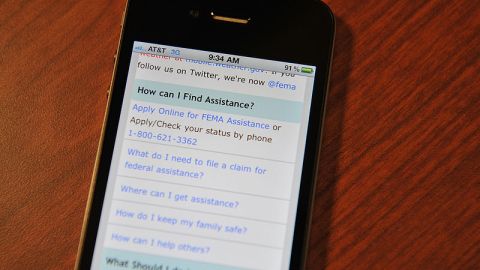Crowdsourcing to Help the Blind

What’s the Latest Development?
When Yasmina, a blind student at the University of Rochester, is in the mood for some soup, she faces the impossible task of distinguishing between all the seemingly identical cans in her pantry. To get around this, the researchers behind VizWiz—a team consisting of computer scientists from several universities—have called upon crowdsourcing to help, specifically enlisting Amazon’s online workers. So when Yasmina faces such a visual dilemma as the soup cans, she photographs the cans with her smart phone and sends them to VizWiz, which replies within seconds to distinguish objects that Yasmina cannot. For example, the can of soup is on the right.
What’s the Big Idea?
You know technology is on the move when we talk of outsourcing work to humans. Still, designing a computer program that can reliably recognize text and distinguish objects in the real world has proven to be a massive challenge for artificial intelligence researchers. On-demand visual assistance for the blind is an example of the power of crowdsourcing, i.e. turning to the masses of people online for input. VizWiz is an example of an online community whose assistance has demonstrable effects in the real world. And while the service is in its beta stage and currently free of charge, users of VizWiz say they would pay for the service.




